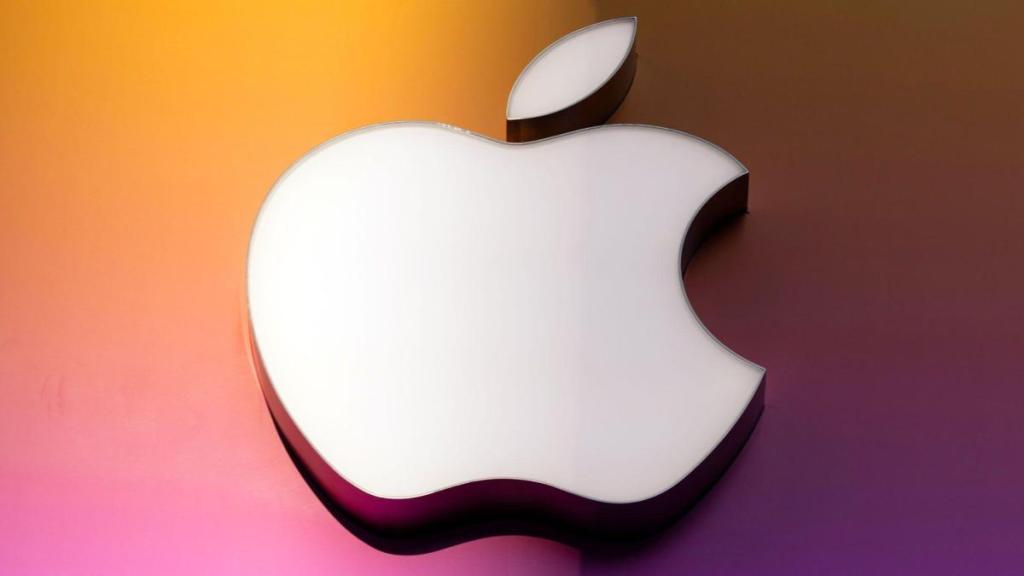That Apple best signifies the success of the government’s production-linked incentive (PLI) schemes in general, and for large-scale electronics manufacturing in particular, is well established by now. The long-term fruits of the initiative are also visible now, with analysts estimating that by 2026, Apple would have shifted 26% of its global iPhone capacity to India, from the current 14%. The backward linkages of the move is also getting clearer as it is estimated that by then its requirement of chips for the iPhones it produces in the country would be around $12 billion. This presents an excellent opportunity for companies like Micron and Tata Group who are setting up semiconductor units in the country, which would come on stream by 2026. The benefits which could accrue to Micron, Tata Group, and other such firms can be gauged from the fact that Apple alone consumes over 26% of Taiwan Semiconductor Manufacturing Company’s global sales. It’s also the world’s third largest consumer of chips.
News on the iPhone exports continue to be encouraging at $5 billion during the first five months of the current fiscal, up 54% compared to the same period last year. This five-month number equals the company’s full-year export figures for FY22. The forward linkages have also been established with the company having opened its two exclusive company-owned showrooms, one each in Mumbai and Delhi. Projections by analysts show that the launch of the new series of iPhone 16 is expected to see it register 20% growth in sales during the upcoming festival season, which could help it in achieving the mark of $15 billion in sales from India in FY25. Apple’s India sales have been on the rise, touching $7.5 billion in FY24 from around $1.5 billion in FY21.
There are two lessons to be drawn from the success of Apple in India. One, it pays when the government involves the beneficiaries before coming out with a scheme; and second, removing the shortcomings the country has with regard to business expenses compared to China or Taiwan, in the form of incentive payout, as the PLI does. Such an approach pays in the long term. Many erroneously think that the incentive scheme is some kind of a tax subsidy. It is not. The scheme basically takes care of the obstacles the country poses to companies vis à vis China or Taiwan. It’s a no-brainer that these need to be removed if production needs to be relocated from there. Further, the payout happens only after the company achieves incremental sales and production targets.
Having come this far, it’s time for the government and Apple to prepare for the next steps. The smartphone PLI scheme comes to an end in 2026. Whether it should be extended or not depends on careful analysis of the remaining obstacles. An exhaustive government-industry study for assessing this should be commissioned on priority basis. Apple also has a role to play. Having demonstrated success in producing iPhones in the country, it should now look at repeating the same success in bringing its component partners to India. While iPhone exports rise, the trade deficit is also rising due to higher import of components. Producing iPads and Macbooks in India should also figure in the company’s list. Perhaps the best way forward is for the government and industry to sit together and work out a composite incentive scheme which takes care of products as well as components.


